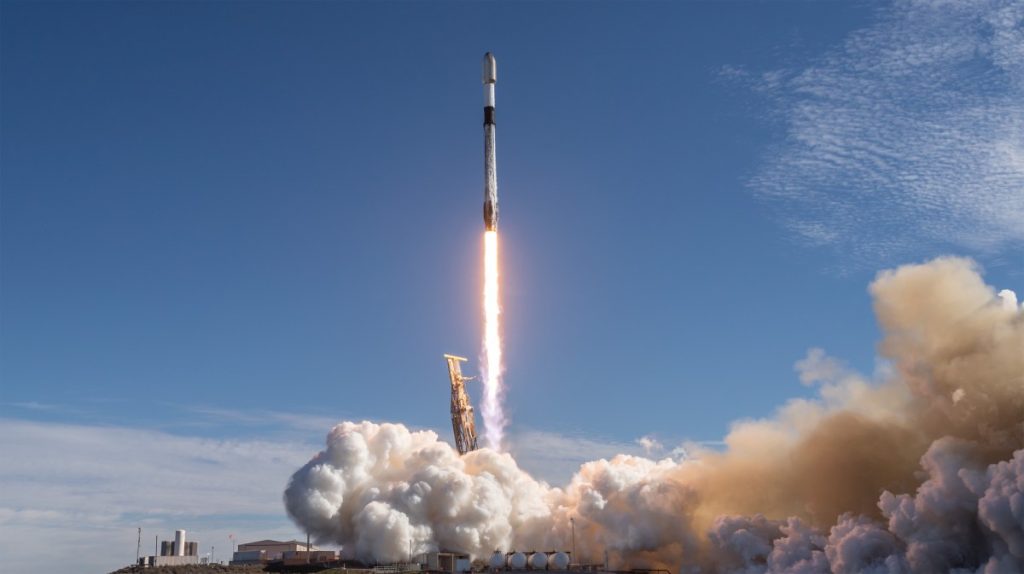HUNTSVILLE, Ala. — The National Reconnaissance Office is continuing to explore use of orbital transfer vehicles and improved multimanifesting approaches as it continues a dramatic expansion of the number of spacecraft it has in orbit.
Speaking at the American Astronautical Society’s von Braun Space Exploration Symposium Oct. 29, Col. Eric Zarybnisky, director of the NRO’s Office of Space Launch, cited those areas as those the NRO is investigating to get its missions in orbit.
“The director has challenged me: how do we get satellites to the right orbit at the right time so they can do their mission?” he said.
One area of interest, he said, is orbital transfer vehicles. “It can help one single launch enable satellites to go to many different orbits,” he said, or maneuver satellites already in orbit or deorbiting them at their end of their lives: “getting more mission out of those critical systems that we put into space.”
Another area of interest is improving the ability to manifest several different satellites on the same launch. If one is running late, he noted, the traditional approach is to replace it with a mass simulator, an inert payload. “How much mission does a mass simulator do? None, right?”
Zarybnisky said the NRO is interested in ways to improve that process to avoid having to fly mass simulators. “How do we deliver capabilities so that I can put those satellites that are ready to go to orbit when they’re ready to go, where they need to be,” he said, “and then that next satellite that maybe had a technical challenge or maybe needed to improve a critical part of their system, we can get them there as well.”
Both of those areas were cited in a broad area announcement (BAA) that the NRO released in March, soliciting input on various topics to support space launch operations. Zarybnisky said the NRO would continue to release BAAs on those topics, while noting that the agency typically procures specific launches through the U.S. Space Force and not on its own.
“We’re going to continue to look for ways to engage with industry, to understand where you’re headed, and how do we leverage that for our specific requirements,” he said.
He offered a mixed message, though, on the NRO’s interest in satellite servicing, echoing broader national security space comments last week at the MilSat Symposium. Some NRO satellite programs have expressed an interest in servicing, he said, while others said they are not interested.
“I think it’s really about the specific programs and what they’re trying to do,” he said. “I am that service provider to make what is still rocket science look easy to them, but it’s really about what my customers need in those program offices.”
While the NRO investigates new space transportation capabilities, it is working to deploy a far greater number of satellites than it has traditionally operated. “We expect to quadruple the number of satellites we have on orbit in the next decade. That’s a huge change for an organization like the NRO,” he said.
That includes a proliferated low Earth orbit constellation that has involved four launches since May, most recently Oct. 24. Those satellites, developed by SpaceX and Northrop Grumman, are intended to track targets on the ground in near real time, although the NRO has offered few details about its capabilities.
“We’re evolving from dozens to hundreds of satellites. We will deliver data in seconds, not minutes, and not hours,” Zarybnisky said of that new constellation. He noted that involves work to automate operations of the satellites and use of artificial intelligence and machine learning technologies to analyze the data those satellites provide. “That is a huge change, and we have to innovate to meet that need.”

